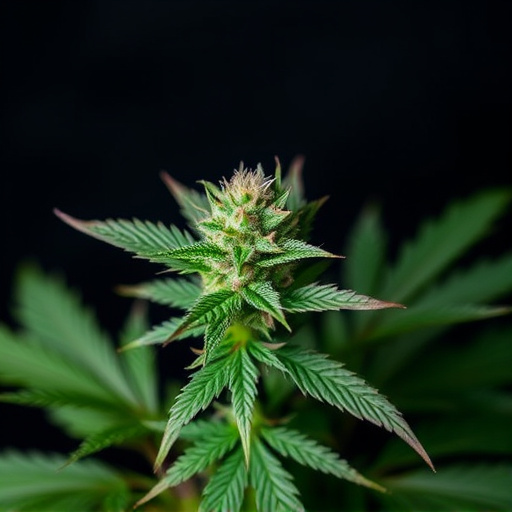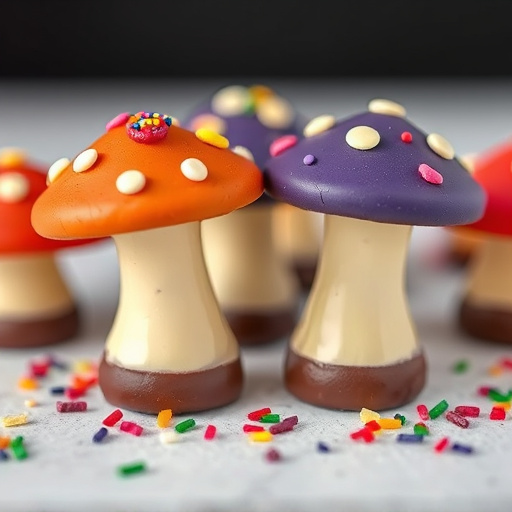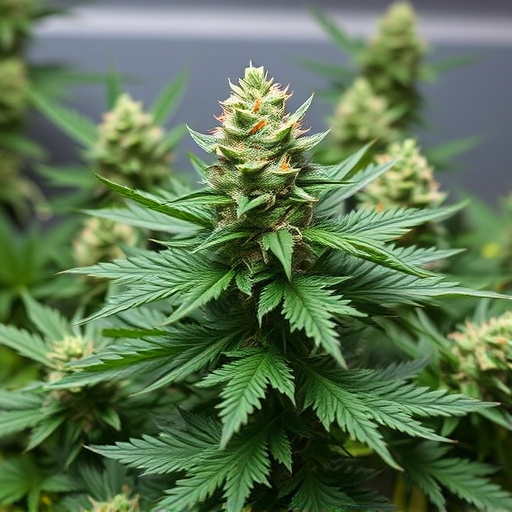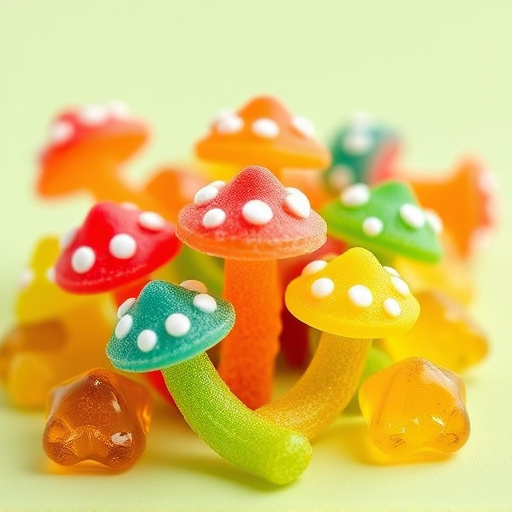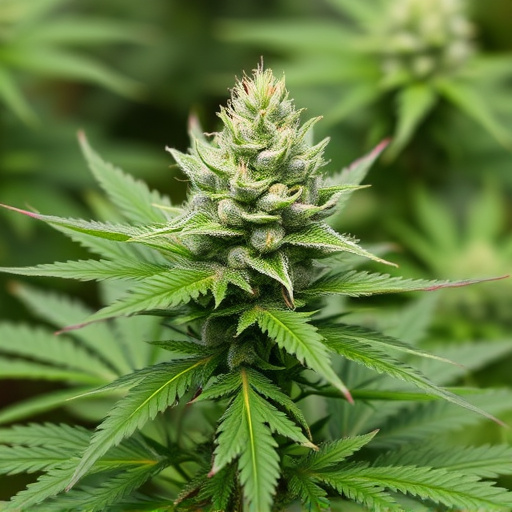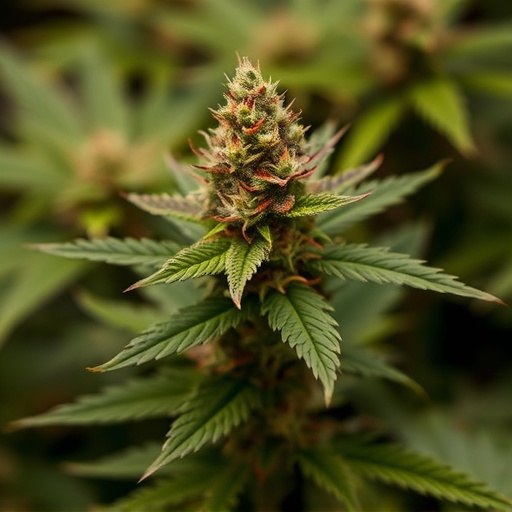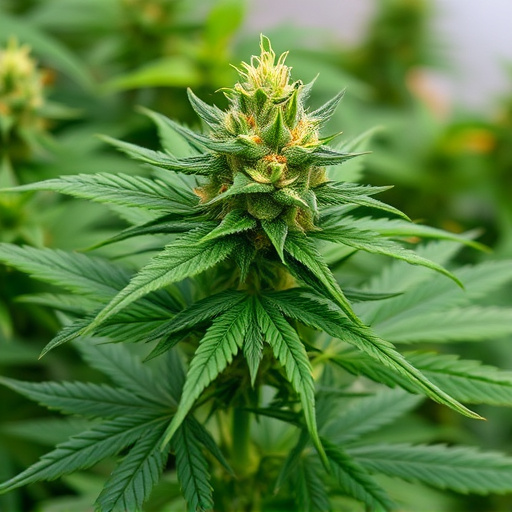Cannabis therapy for Post-Traumatic Stress Disorder (PTSD) leverages a complex interplay of cannabinoids (like THC and CBD) and terpenes, which interact with the body's endocannabinoid system. High CBD strains are popular for reducing anxiety and insomnia, common PTSD symptoms. Terpenes like linalool and myrcene enhance these therapeutic effects. Individual metabolism, sensitivity, and tolerance significantly impact cannabis experiences. A personalized approach combines specific strains (high CBD or balanced THC/CBD) with caution, considering user preferences and safety to effectively manage PTSD.
Cannabis has gained significant attention for its potential therapeutic effects, especially in treating post-traumatic stress disorder (PTSD). However, understanding why different strains and individual variations in metabolism significantly influence cannabis’s impacts is crucial. This article delves into the intricate world of cannabis compounds, explores how our bodies process them, and examines tailored approaches to PTSD treatment using specific cannabis strains. By considering these factors, we can harness the power of cannabis more effectively.
- Understanding Cannabis Compounds and Their Interactions
- The Role of Individual Variations in Metabolism and Sensitivity
- Exploring Cannabis Strains for PTSD: A Tailored Approach to Treatment
Understanding Cannabis Compounds and Their Interactions
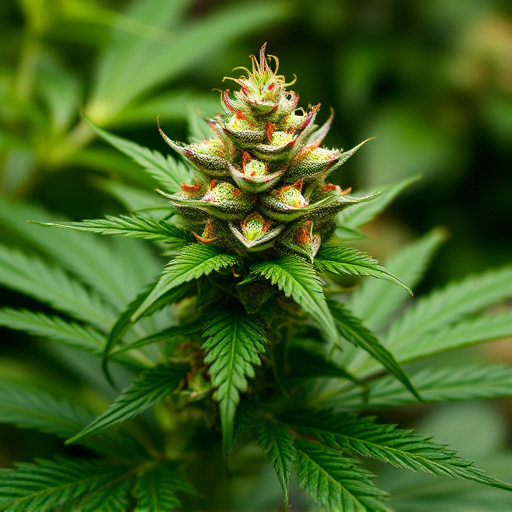
Cannabis contains a complex mix of chemical compounds, including cannabinoids and terpenes, each playing a role in its effects on the body and mind. Cannabinoids like THC (tetrahydrocannabinol) and CBD (cannabidiol) interact with our endocannabinoid system, influencing various physiological processes. This interaction can significantly impact users’ experiences, especially when considering cannabis strains for PTSD treatment. Different strains may offer unique profiles of cannabinoids and terpenes, catering to specific needs.
For instance, high CBD strains are often sought after for their potential anxiety-reducing effects, which could be beneficial for individuals dealing with PTSD symptoms like severe anxiety or insomnia. Terpenes, aromatic compounds in cannabis, also contribute to the plant’s therapeutic properties. Certain terpenes like linalool and myrcene have calming and relaxing properties, enhancing the overall effect of the strain. Understanding these interactions is key to navigating the diverse world of cannabis strains for PTSD management.
The Role of Individual Variations in Metabolism and Sensitivity

Cannabis has complex effects on users, which can vary significantly from person to person. One of the primary factors influencing these experiences is individual metabolism and sensitivity. Everyone metabolizes cannabis differently due to genetic variations in enzymes responsible for breaking down compounds like THC (tetrahydrocannabinol), the main psychoactive ingredient. Some individuals have a faster metabolism, leading to quicker elimination of THC from their system, resulting in shorter-lasting effects. Others may have a slower metabolic rate, causing THC to build up and produce more intense experiences.
Additionally, sensitivity plays a crucial role. People with higher tolerance or those who use cannabis regularly might not be as affected by the same strain as someone new to it. This is especially relevant for individuals seeking relief from conditions like PTSD (post-traumatic stress disorder). Different cannabis strains vary in their ratios of THC and CBD (cannabidiol), which can impact how a person responds. Strains known for higher CBD content are often sought after for their potential therapeutic benefits, including anxiety reduction and sleep aid, without the intense psychoactive effects of high THC.
Exploring Cannabis Strains for PTSD: A Tailored Approach to Treatment
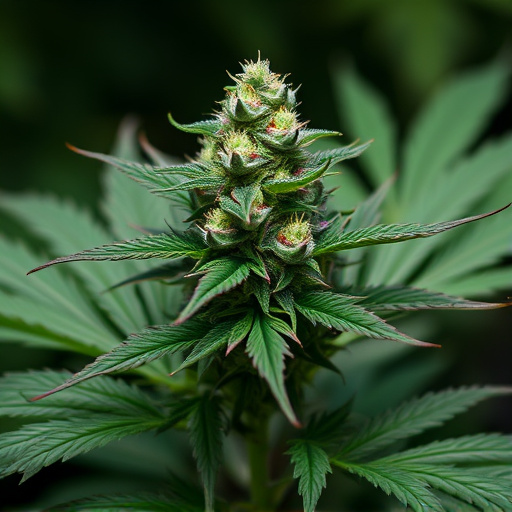
Exploring different cannabis strains can offer a tailored approach to treating Post-Traumatic Stress Disorder (PTSD). Each strain has unique chemical profiles, with varying levels of THC and CBD, which can significantly impact an individual’s experience. For PTSD sufferers, specific cannabinoid interactions may provide symptom relief.
Cannabis strains known for their high CBD content have gained attention for potentially reducing anxiety and flashbacks associated with PTSD. Conversely, strains with more THC can induce a sense of calm and relaxation but should be approached with caution due to potential heightened anxiety in some users. A tailored treatment plan involves considering not just the strain but also individual tolerance and preferences, ensuring an effective and safe experience when exploring cannabis as a therapeutic option for PTSD.
Cannabis has shown promise as a tailored treatment for PTSD, with specific strains offering unique benefits. Understanding the complex interplay of cannabis compounds and individual variations in metabolism is key to maximizing these effects. By exploring different strains and their specific cannabinoid profiles, we can better support those living with PTSD, providing relief and improving quality of life. This personalized approach to cannabis therapy holds significant potential for future mental health treatments.


